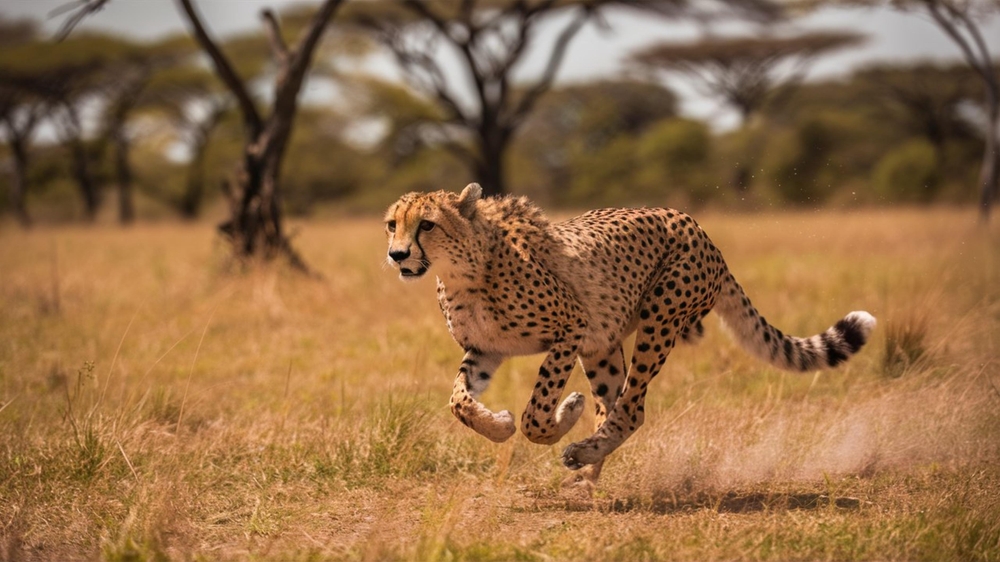The Central African Republic (CAR) is home to a wealth of natural treasures, with its national parks representing critical conservation areas for the country’s rich biodiversity. These parks are vital not only for protecting wildlife but also for preserving the ecosystems that support local communities and contribute to global environmental stability. Among CAR’s national parks, Dzanga-Ndoki National Park, Manovo-Gounda St. Floris National Park, and Bamingui-Bangoran National Park are particularly noteworthy, offering unique landscapes, iconic wildlife, and important conservation opportunities.
Dzanga-Ndoki National Park, located in the southwestern part of the country, is part of the Sangha Trinational Conservation Area, a UNESCO World Heritage Site. This park is famous for its dense rainforests and forest clearings known as “bais,” which serve as vital gathering spots for wildlife. Forest elephants, western lowland gorillas, and bongos are commonly seen here, along with a variety of primates and bird species. The park has benefited from international conservation efforts, particularly through partnerships with local communities to combat poaching and promote eco-tourism.
Manovo-Gounda St. Floris National Park, in the northern region, is another UNESCO World Heritage Site. This park spans a transitional zone between savanna and forest ecosystems, hosting diverse species such as lions, leopards, and cheetahs, as well as rare black rhinoceroses. However, it has faced significant challenges, including rampant poaching and habitat destruction. Ongoing efforts focus on restoring wildlife populations and improving anti-poaching measures.
Bamingui-Bangoran National Park, situated in the northeastern part of CAR, features savannas, woodlands, and riparian forests. The park is a haven for species such as antelopes, elephants, and crocodiles, and its birdlife is especially diverse. Community engagement has been a cornerstone of conservation initiatives here, with projects aimed at reducing human-wildlife conflict and supporting sustainable livelihoods for local populations.
Despite the rich biodiversity and ecological importance of these parks, CAR faces significant conservation challenges. Political instability and limited resources have hindered effective management and protection. Poaching for bushmeat and ivory, illegal logging, and agricultural encroachment are persistent threats. Climate change further exacerbates these issues by altering ecosystems and impacting species survival.
However, there have also been notable successes. International collaborations, such as those involving UNESCO and non-governmental organizations, have bolstered conservation efforts in Dzanga-Ndoki and other parks. Community-based initiatives are helping to reduce poaching and foster sustainable practices, while eco-tourism is gradually emerging as a viable source of income and awareness. These efforts, though ongoing, highlight the potential for conservation in CAR despite the challenges.
The national parks of the Central African Republic represent vital sanctuaries for wildlife and ecosystems in a region of exceptional biodiversity. Protecting these parks is essential for preserving their unique habitats, supporting local communities, and contributing to global conservation efforts. With continued international support and effective local engagement, CAR’s national parks hold the promise of enduring as natural treasures for future generations.














































































